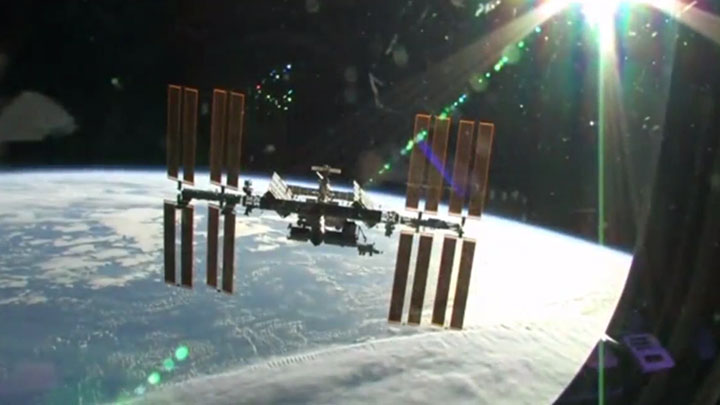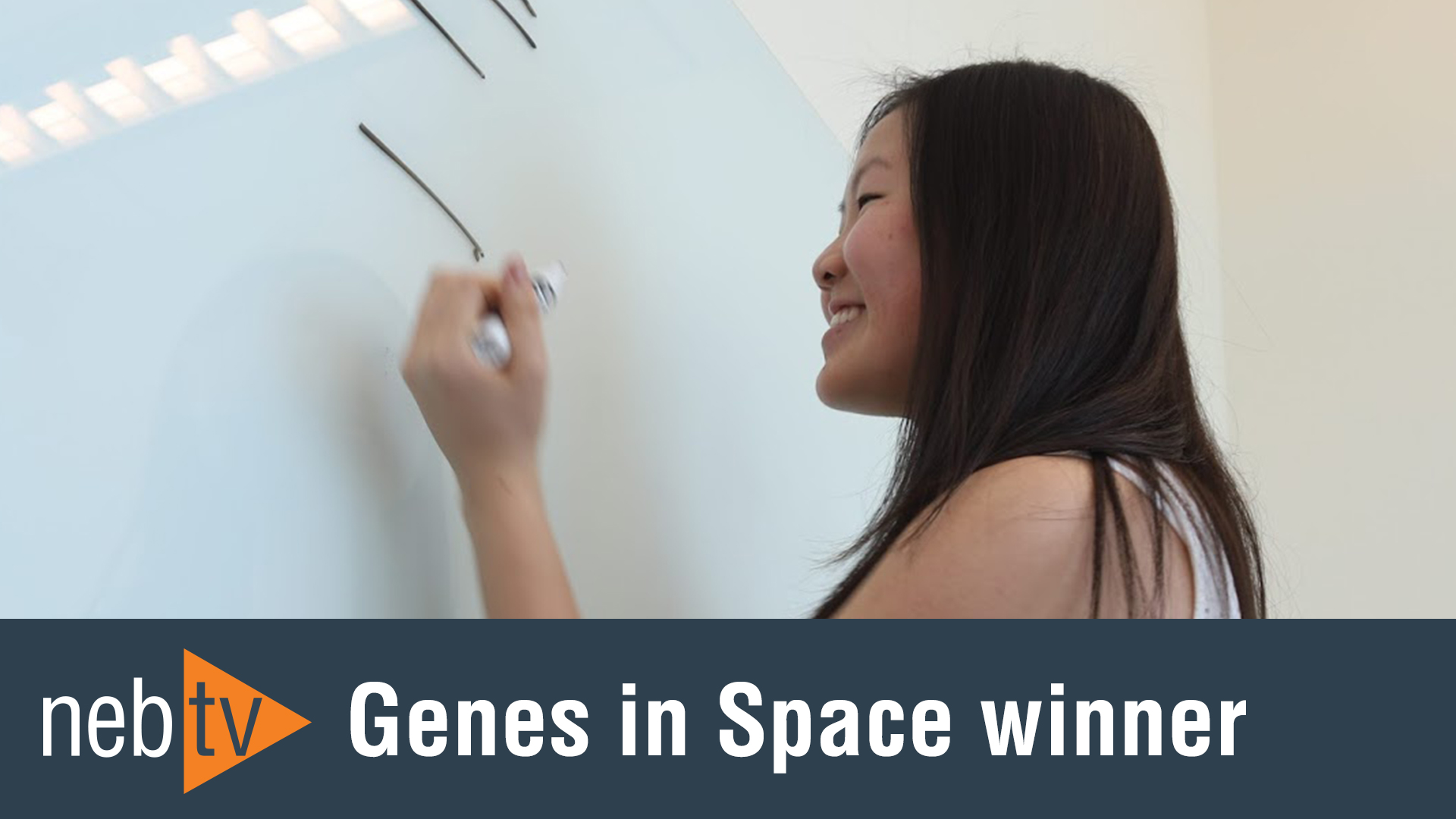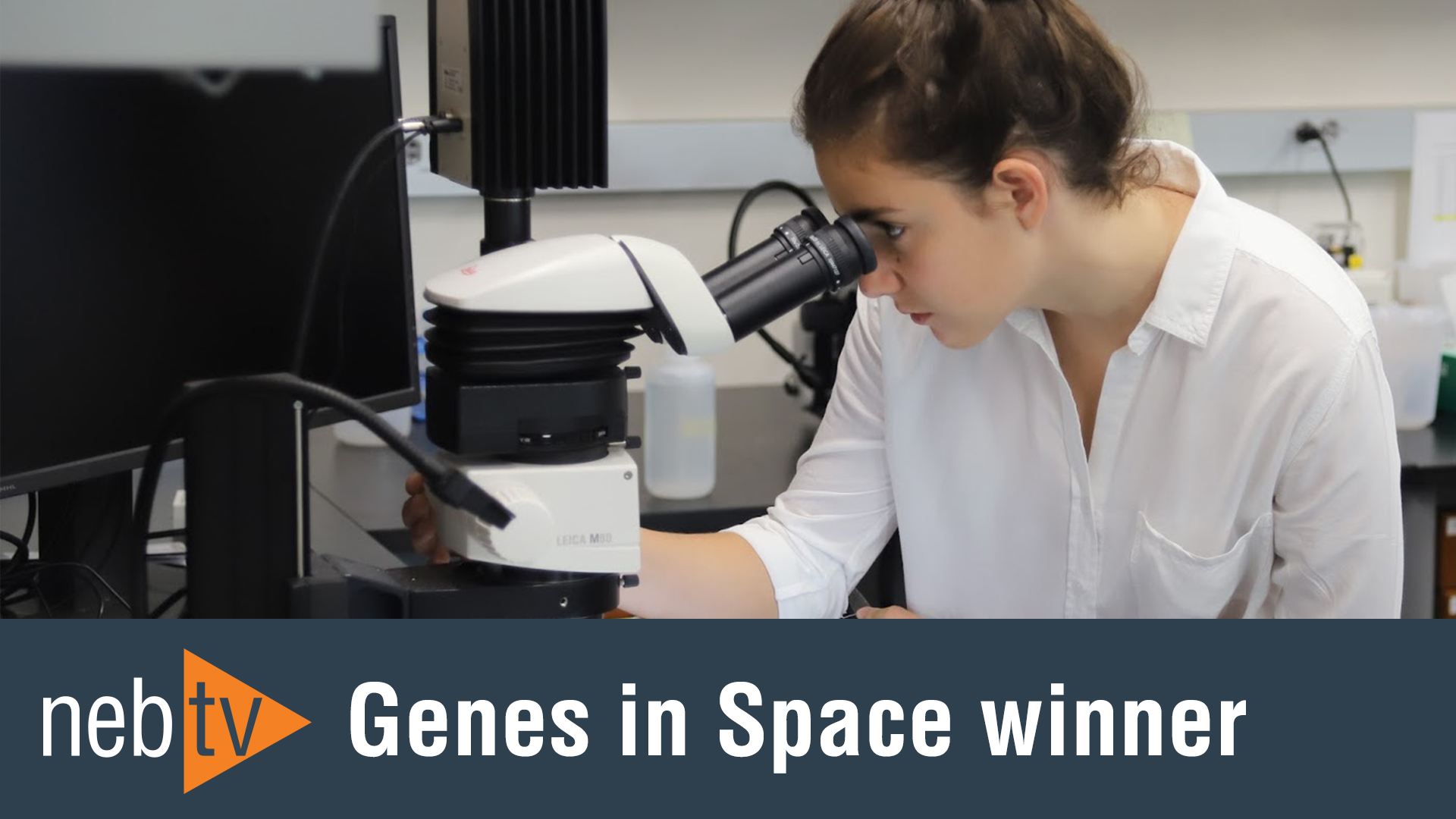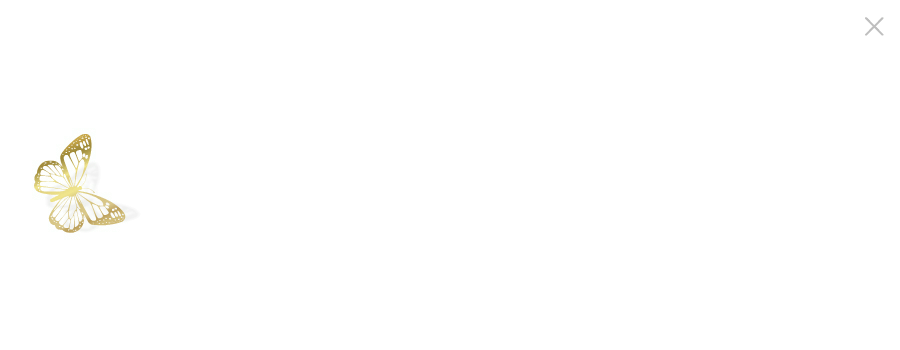Exploring the effects of aging in space
Script
My name is Julian Rubenfien, and I'm from New York City, and I go to school at Stuyvesant High School in Manhattan, and I'm like 2016 Genes in Space winner.
Winning Project
Objective: Devise a method to study genetic aging in astronauts
My project was basically proposing that we can use a new assay and a new model system in space, to sort of examine how telomere dynamics can change in space flight and the implications of that for future space travel.
Telomere biology is of interest to researchers and it has been for a long time because it’s hypothesized connections to aging and so some people believe that when astronauts go into space, the rigors of spaceflight, all of the stresses that get placed from the body can actually contribute to a sort of premature aging, rapid aging. And so, if we can examine how telomere dynamics changing in space can contribute to this, then it can give us some answers about, you know, astronaut health and then, you know, we need those answers if we ever want to go to Mars, colonize other planets, deep spaceflight missions, things like this.
NEB Space Biology Camp
Assignment: Establish experimental protocols for monitoring telomere changes in space
So today I'm here at New England Biolabs with NEB scientists and Genes in Space scientists, and we're all working together on preparing the experiments that will actually fly to space. So we're rigorously, you know, testing all of the various parts of the experiments that are actually going to fly up there. And NEB has been extremely generous, and they're helping me prepare everything, and using various NEB technologies like the LAMP assay and the Monarch® mini prep kit. We’re able to do all of this preparation and in two days hopefully, so it's going to be great.
This whole project I've been working with Genes in Space people and also with a mentor who's a graduate student at MIT; and his name is Deniz, and he has been, sort of, you know, doing literature search with me, and helping me plan things out, and you know, identify problems and this kind of thing. And he’s been a tremendous help I couldn't have done any of it without him.
What's next? Protocols and experimental materials will be launched into space in March 2017
My advice to people who are considering applying Genes in Space in the future is that you can be very creative imagining different kinds of experiments that can go into space because the fields of space biology and space science in general is really in its infancy and there is a lot that, you know, remains to be done before we can go to Mars and go on deep space flight missions and things like this. Which means that anything that you can come up with potentially could be a real contribution for the field, you don't have to be a professor, you can be a high school student and still make a contribution.
Related Videos
-

NEB® TV Ep. 10 – Genes in Space -

Genes in Space winner Sophia Chen -

Genes in Space winner Liza Reizis

